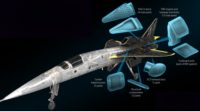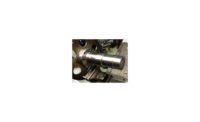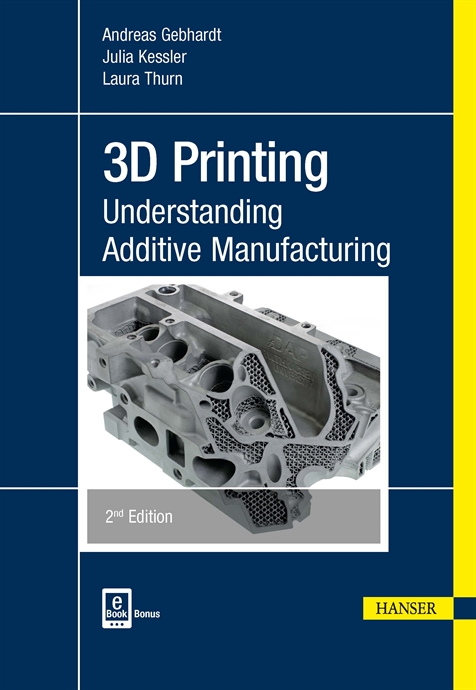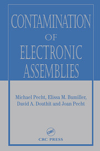Copper Can Strengthen 3D-Printed Titanium

MELBOURNE, Australia—Engineers at the Royal Melbourne Institute of Technology (RMIT) have developed a way to print titanium-copper alloys. The lightweight material is ideal for many types of aerospace and medical device applications.
“Current titanium alloys used in additive manufacturing often cool and bond together in column-shaped crystals during the printing process, making them prone to cracking or distortion,” says Mark Easton, a professor of manufacturing, materials and mechatronics at RMIT. “And, unlike aluminum or other commonly used metals, there is no commercial grain refiner for titanium that manufacturers can use to effectively refine the microstructure to avoid these issues.
“[Our process features a] fully equiaxed grain structure,” adds Easton. “This means the crystal grains grow equally in all directions to form a strong bond, instead of in columns, which can lead to weak points liable to cracking.
“Alloys with this microstructure can withstand much higher forces and will be much less likely to have defects, such as cracking or distortion, during manufacture,” claims Easton.
Looking for a reprint of this article?
From high-res PDFs to custom plaques, order your copy today!








